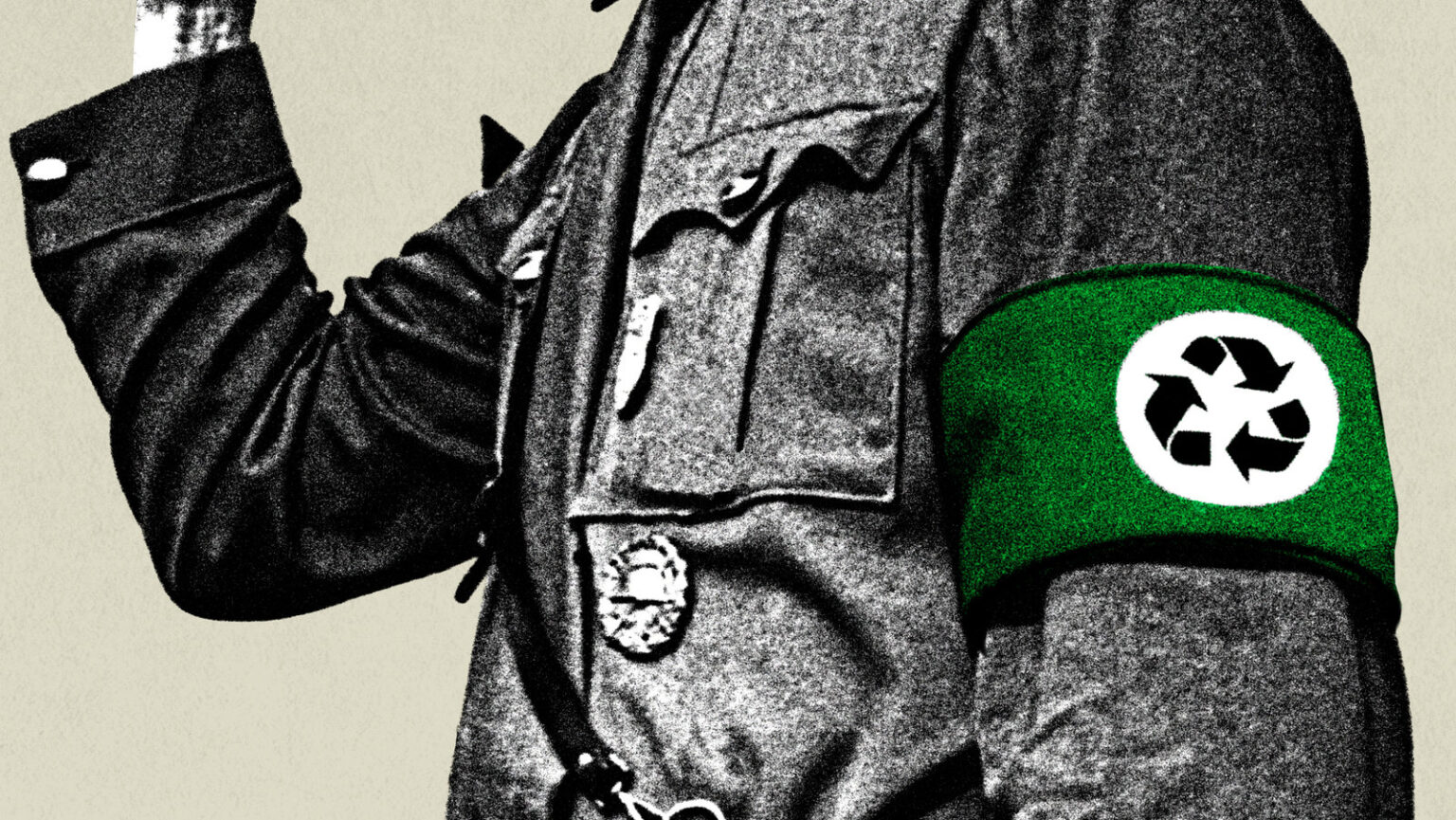
TRUMP SAYS: HUNTER MAKES FORTUNE FROM SHADY DEALS!
BIDEN FAMILY STINKS TO HIGH HEAVENS OF CORRUPTION!
DON'T GET LEFT OUT: HUNTER MUST BE STOPPED!

This article was originally published by Max Borders at The American Institute for Economic Research.
In 2003, someone leaked a “secret” Pentagon report warning of the dire consequences of climate change.
“Disruption and conflict will be endemic features of life,” it reads. “Once again, warfare would define human life.”
The report’s authors offer dramatic examples, including the claim that “catastrophic” shortages of potable water and energy would lead to widespread war by 2020. Britain would have winters similar to those in Siberia as European temperatures drop off radically by 2020.
In 2017, there was a war in Yemen. But it wasn’t all that widespread. And Yemenis experienced water shortages, but not war due to a shortage of water.
Britain underwent milder winters in 2015, and there were slightly colder winters in the five years prior.
So 2020 came and went.
Of course, a credulous press, eager to propagate the dire warnings, had been happy to report what turned out to be false predictions. In other words, we never did get catastrophic water shortages and permafrost in Britain. How could the authors have gotten things so wrong?
To give you a better idea, let’s zoom out.
Imagine we’re in a low intellectual orbit, high enough to get a wide shot but low enough to see some things. From this macro perspective, we want to evaluate a set of claims about climate change that we must connect to form a coherent theory. Let’s take some familiar premises from what we might term the Climate Collapse Thesis and view them in their totality.
To accept the Climate Collapse Thesis – that climate change ought to be seen as the number one potential driver of catastrophe – we have to accept all of the following hypotheses:
I repeat: to accept the Climate Collapse Thesis, we have to accept everything above.
Yet the interdependencies are staggering. It’s not just possible but probable that any one of these linkages will break. A humbler interpretation of climate change science and policy, far from being a conspiracy of denialists, turns out to be an imperative of reason.
Let’s assume the Climate Collapse Thesis is a falsifiable theory. We can calculate the compounded uncertainty. Assuming that the relevant “experts” are 95 percent certain of each of the thirteen hypotheses above, compounding the uncertainty would not yield a result of 95 percent.
Not even close.
My envelope calculation shows a 51.3 percent chance that the Climate Collapse Thesis is correct – a coin flip.
Now, if we agreed that we have a 51.3 percent chance of climate collapse, it might be enough to persuade reasonable people that we must take action, whatever that means. But my envelope calculation doesn’t include a critical aspect of the Climate Collapse Thesis: interdependence.
My envelope method not only accepts the highly subjective 95 percent certainty per hypothesis at face value (itself highly dubious) but treats each hypothesis independently. But the thirteen premises are interdependent.
The problems don’t stop there.
As one might inspect a fractal, we can zoom down into each of the above claims and check another set of interdependencies. Whether on the ScienceTM or policy implementation, the likelihood someone will introduce an error is high. The chain of claims to “settled science,” plus policy prescriptions, is like an enormous Chinese Telephone game. While it is true that we could spend multiple volumes evaluating each of these interdependencies in-depth, it’s enough here to point out the problem: compounded uncertainty.
At the very least, our questions about climate science-cum-policy lie in stark contrast to the claims of those predicting catastrophe.
Consider the words of catastrophe expert Jem Bendell, who writes:
“The field of climate adaptation is oriented around ways to maintain our current societies as they face manageable climatic perturbations…. The concept of “deep adaptation” resonates with that agenda where we accept that we will need to change, but breaks with it by taking as its starting point the inevitability of societal collapse.”
We’re all going to die. We need to “change” anyway.
In response to my critique of the Climate Collapse Thesis, one might offer a variation on Pascal’s Wager or the Precautionary Principle – that is, we can’t take the risk because there is uncertainty amid the complexity. We must act to mitigate risks, come what may, lest we go to Hell.
Isn’t it possible, though, that the sort of draconian “action” being proposed could, from a human systems perspective, send us to a different kind of Hell?
Questions surrounding climate change are hardly in isolation. They are deeply interconnected. Most climate-change alarmism hinges on models that are not reality.
Some measure of humility is in order.
The COVID-19 pandemic showed what can happen to a society that is being shut down in the name of saving humanity. That was but a taste of what the powerful will do if we accept the Climate Collapse Thesis and all the “action” that comes with it.

It Took 22 Years to Get to This Point
Two domestic cats have died after drinking raw milk recalled for bird flu risk in California. A...
This article was originally published by Rhoda Wilson at The Exposé. We have all become familiar...
Conservative political commentator Tucker Carlson took part in a wide-ranging interview that was...
Commenting Policy:
Some comments on this web site are automatically moderated through our Spam protection systems. Please be patient if your comment isn’t immediately available. We’re not trying to censor you, the system just wants to make sure you’re not a robot posting random spam.
This website thrives because of its community. While we support lively debates and understand that people get excited, frustrated or angry at times, we ask that the conversation remain civil. Racism, to include any religious affiliation, will not be tolerated on this site, including the disparagement of people in the comments section.


Comments